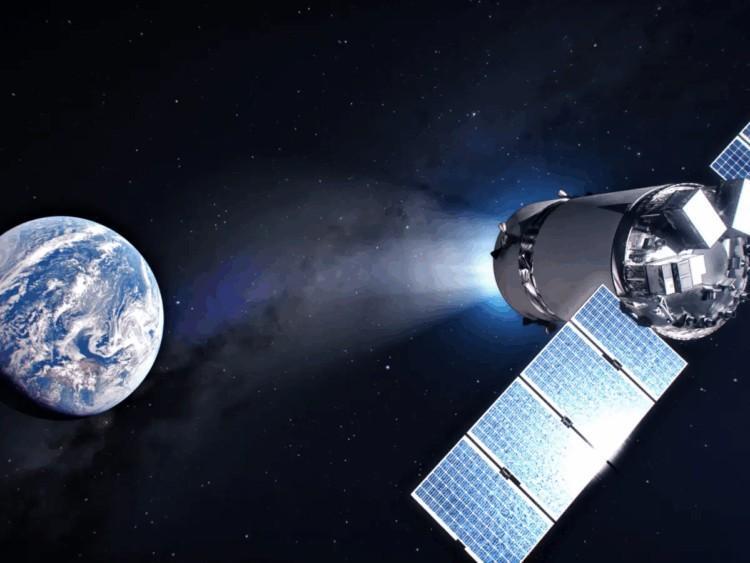
Three Toad Species Defy Evolution to Give Live Births
The natural world is full of fascinating and unique creatures, each with their own distinct characteristics and abilities. One of the most intriguing aspects of the animal kingdom is the diverse range of reproductive strategies employed by different species. While many animals, including most frogs and toads, lay eggs as part of their reproductive cycle, others have evolved to give birth to live young. In a remarkable discovery, a team of researchers has identified three new species of toads in Tanzania that defy the conventional evolutionary path by giving birth to live toadlets, skipping the typical tadpole stage altogether.
These extraordinary toads belong to the genus Nectophrynoides, commonly known as “Tree Toads.” What sets them apart from their amphibian counterparts is their unique reproductive strategy, where female Tree Toads internally fertilize and carry their offspring to full development, releasing tiny, fully formed toads directly. This phenomenon is a rare occurrence in the animal kingdom, and the discovery of these three new species has shed new light on the evolution of reproductive strategies in amphibians.
The typical life cycle of frogs and toads involves the laying of eggs in water, which then hatch into tadpoles. These tadpoles undergo a series of transformations, including the development of limbs and the loss of their gills, before eventually metamorphosing into adult frogs or toads. However, the Tree Toads have evolved to bypass this aquatic stage, instead giving birth to live young that are miniature versions of the adults. This adaptation is thought to be an response to the challenging environmental conditions faced by these toads, where the availability of water is limited and unpredictable.
The discovery of these three new species of Tree Toads has significant implications for our understanding of evolutionary biology. The fact that these toads have evolved to give birth to live young, despite being part of a group that typically lays eggs, highlights the remarkable flexibility and diversity of reproductive strategies in the animal kingdom. It also raises important questions about the factors that drive the evolution of such unique traits and how they contribute to the survival and success of the species.
One of the key factors that is thought to have contributed to the evolution of live birth in these Tree Toads is the availability of food and water. In the arid and semi-arid regions of Tanzania where these toads are found, the availability of water is highly unpredictable, and the risk of desiccation is high. By giving birth to live young, female Tree Toads are able to provide their offspring with a better chance of survival, as they are able to bypass the vulnerable aquatic stage and develop in the safety of the mother’s body.
Another factor that may have contributed to the evolution of live birth in these Tree Toads is predation pressure. In many aquatic environments, tadpoles are vulnerable to predation by a wide range of predators, including fish, birds, and other amphibians. By giving birth to live young, female Tree Toads are able to reduce the risk of predation, as their offspring are able to develop and grow in the safety of the mother’s body, where they are protected from predators.
The discovery of these three new species of Tree Toads is not only significant from an evolutionary perspective, but it also highlights the importance of conservation efforts. Many amphibian species, including the Tree Toads, are facing significant threats to their survival, including habitat destruction, climate change, and disease. The loss of these unique and fascinating creatures would not only be a tragedy, but it would also have significant implications for the health and biodiversity of ecosystems around the world.
In conclusion, the discovery of three new species of Tree Toads that give birth to live toadlets is a remarkable finding that highlights the diversity and complexity of reproductive strategies in the animal kingdom. The evolution of live birth in these toads is thought to be an adaptation to the challenging environmental conditions faced by these species, and it has significant implications for our understanding of evolutionary biology. As we continue to learn more about these fascinating creatures, it is essential that we also take steps to protect and conserve them, not only for their own sake, but for the health and biodiversity of ecosystems around the world.






